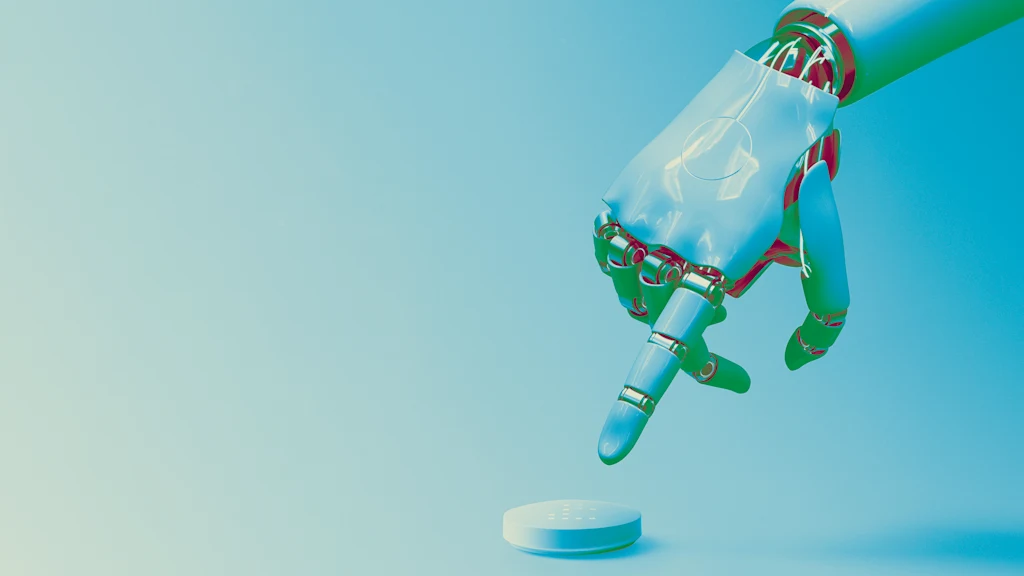
"Ask the most bullish representatives of big AI companies, and they'll tell you that robotic colleagues and house staff are just around the corner. A massive market for robotic aids, powered by AI "brains," could contribute huge sums to the bottom line of tech firms. Elon Musk predicted earlier this year that they could produce $30 trillion in revenue for his companies alone."
""This makes them harder to design and build well, especially with the kind of robustness and efficiency required to perform tasks in the environment," he says. Aitken points out that the human hand has some 27 degrees of freedom, making it "a significantly complex system, which is both lightweight, yet powerful and with significant redundancy in movement." Tesla's Optimus robot doesn't include all those degrees, paring it down instead to 22 different degrees of freedom."
Big AI companies envision humanoid robots as future colleagues and household staff with large market potential and vast revenue projections. Humanoid designs reproduce human proportions and complex anatomy, increasing engineering difficulty. Human hands present particular challenges due to roughly 27 degrees of freedom and intricate tendon and joint requirements. Some companies reduce degrees of freedom, but that still requires many coordinated parts. Tesla paused plans to mass-produce Optimus robots after encountering problems achieving required hand dexterity. Robotics researchers warn that human-shaped hardware can impede robustness, efficiency, and scalability for real-world task performance.
Read at Fast Company
Unable to calculate read time
Collection
[
|
...
]